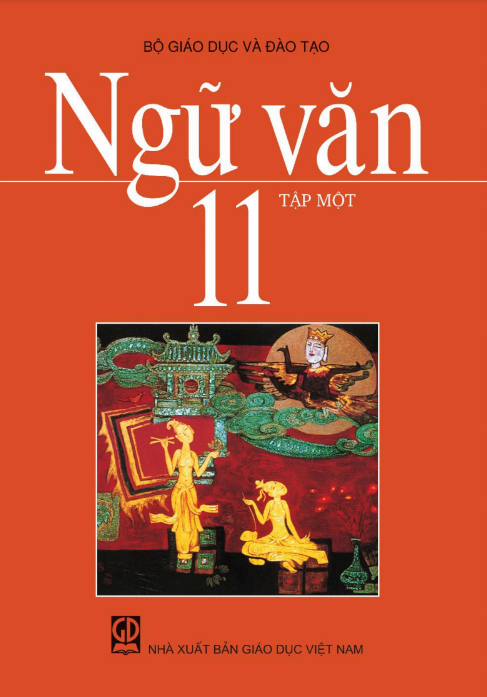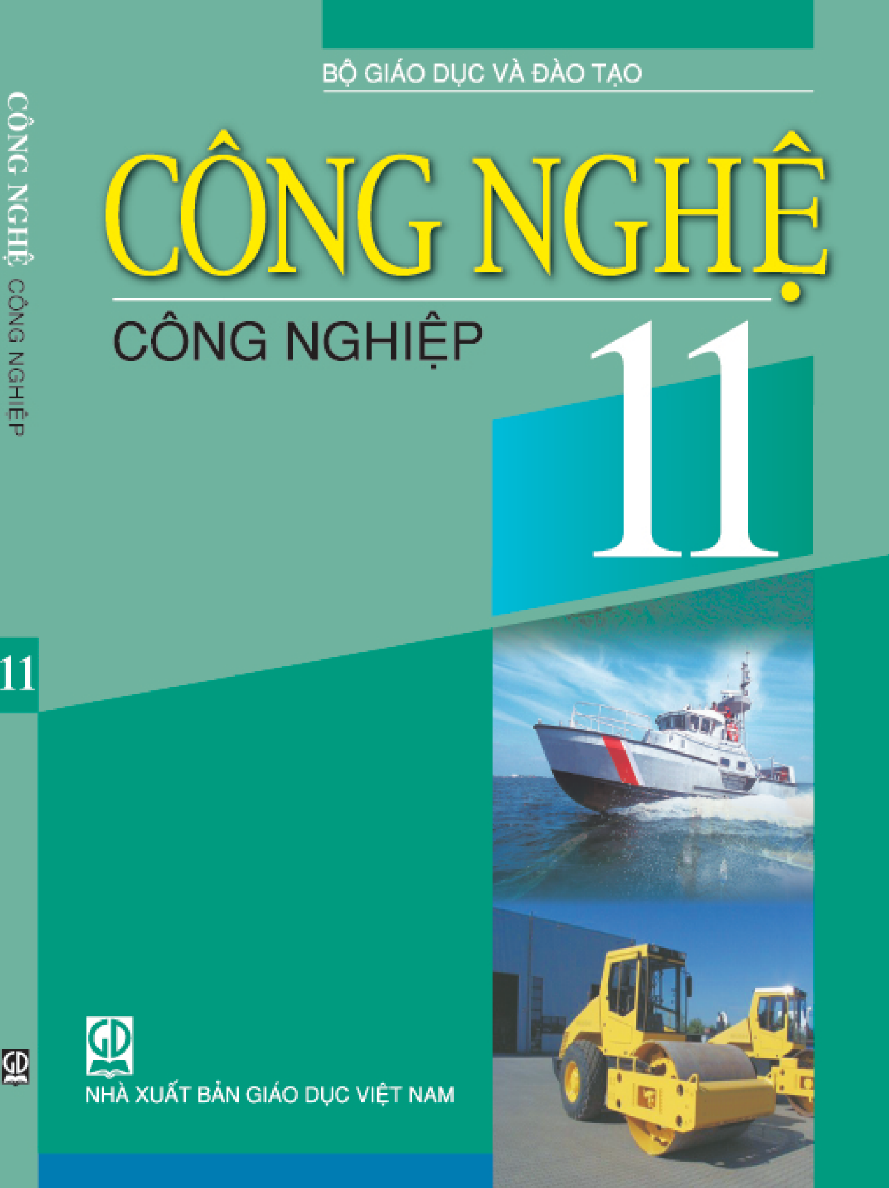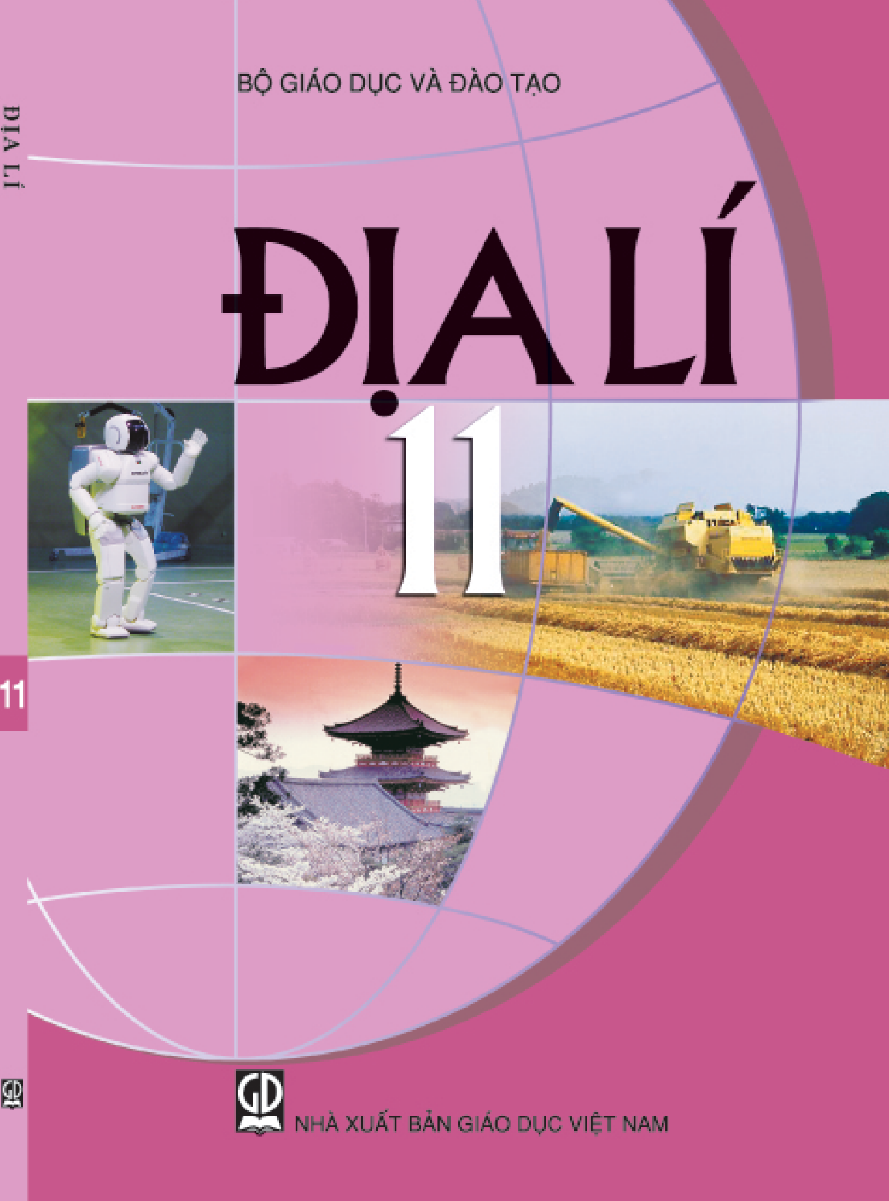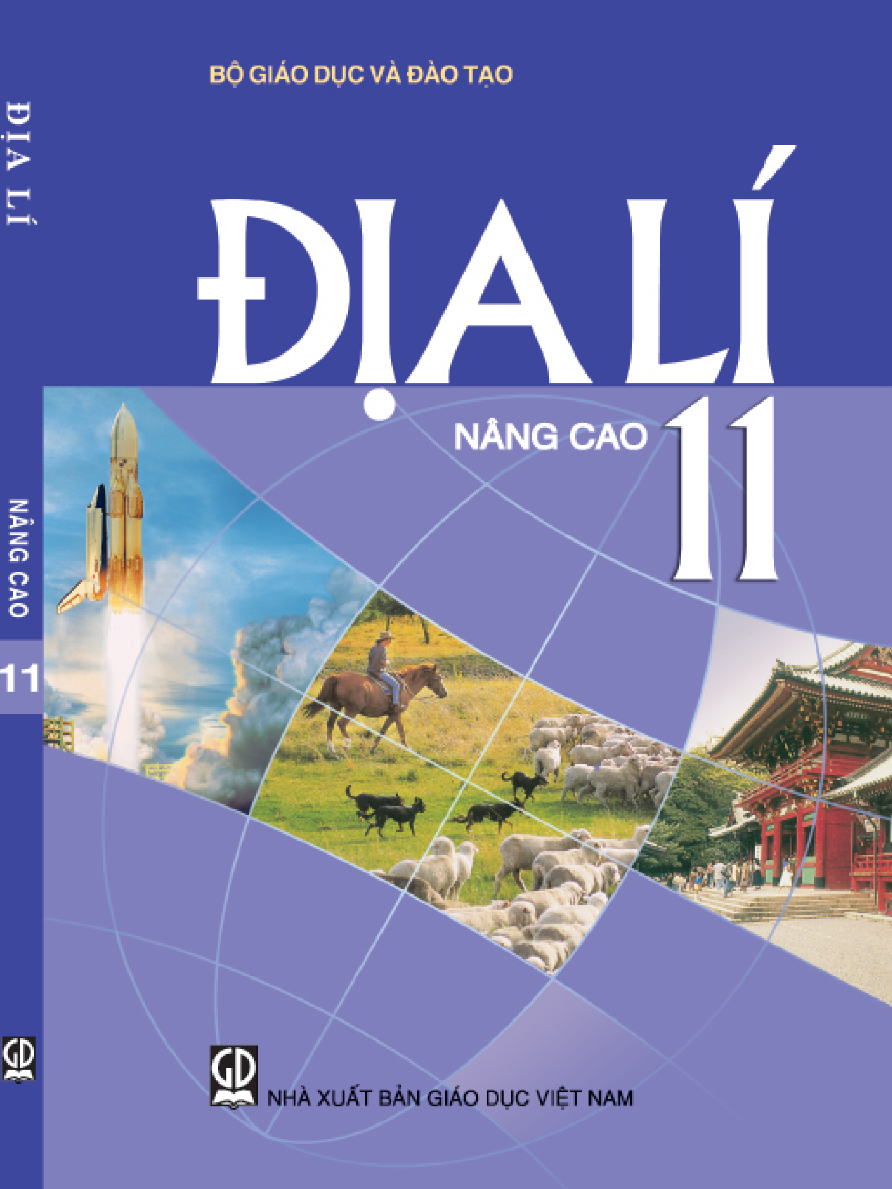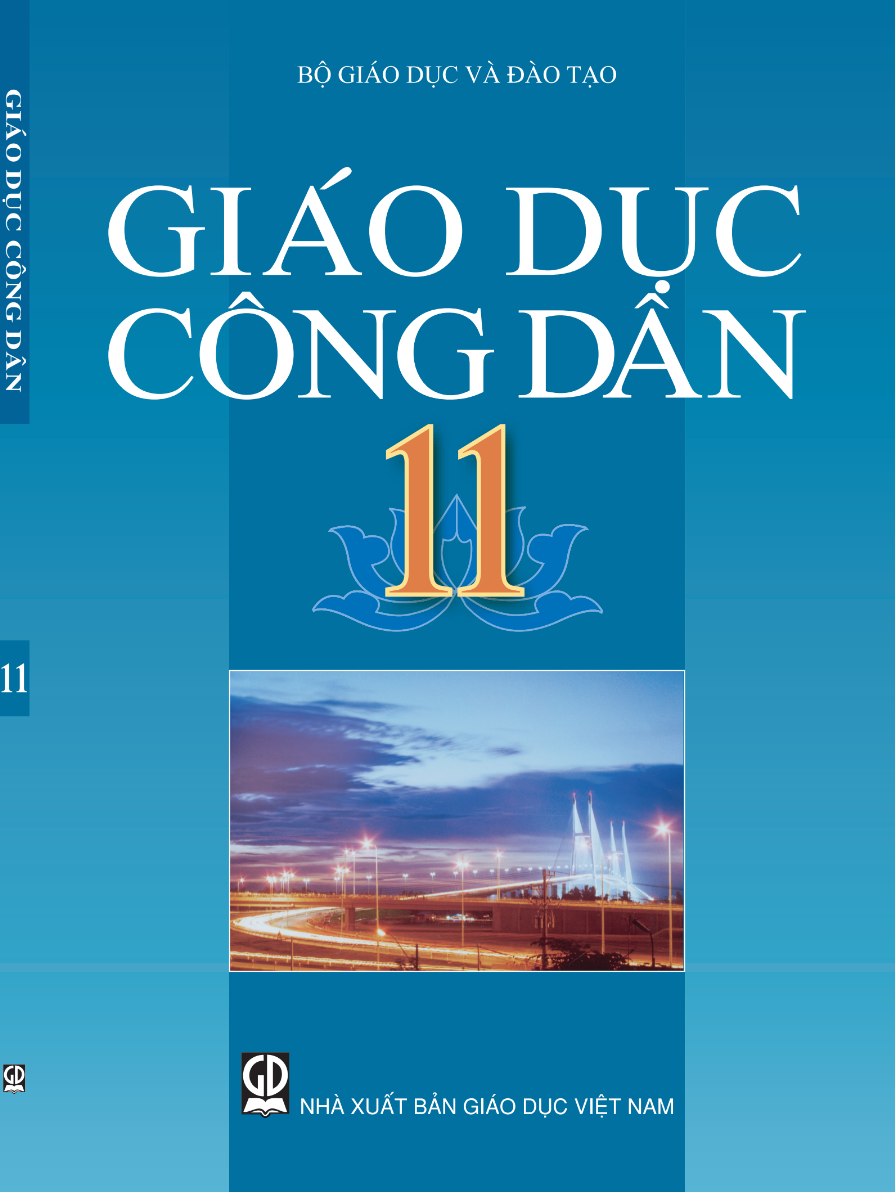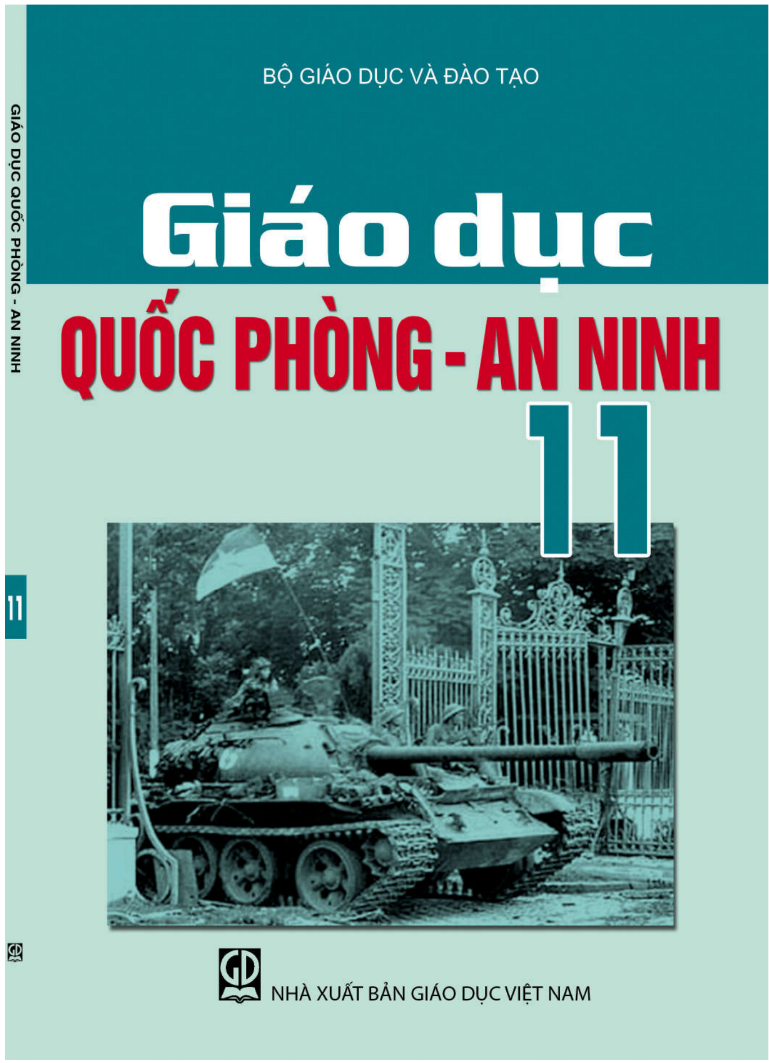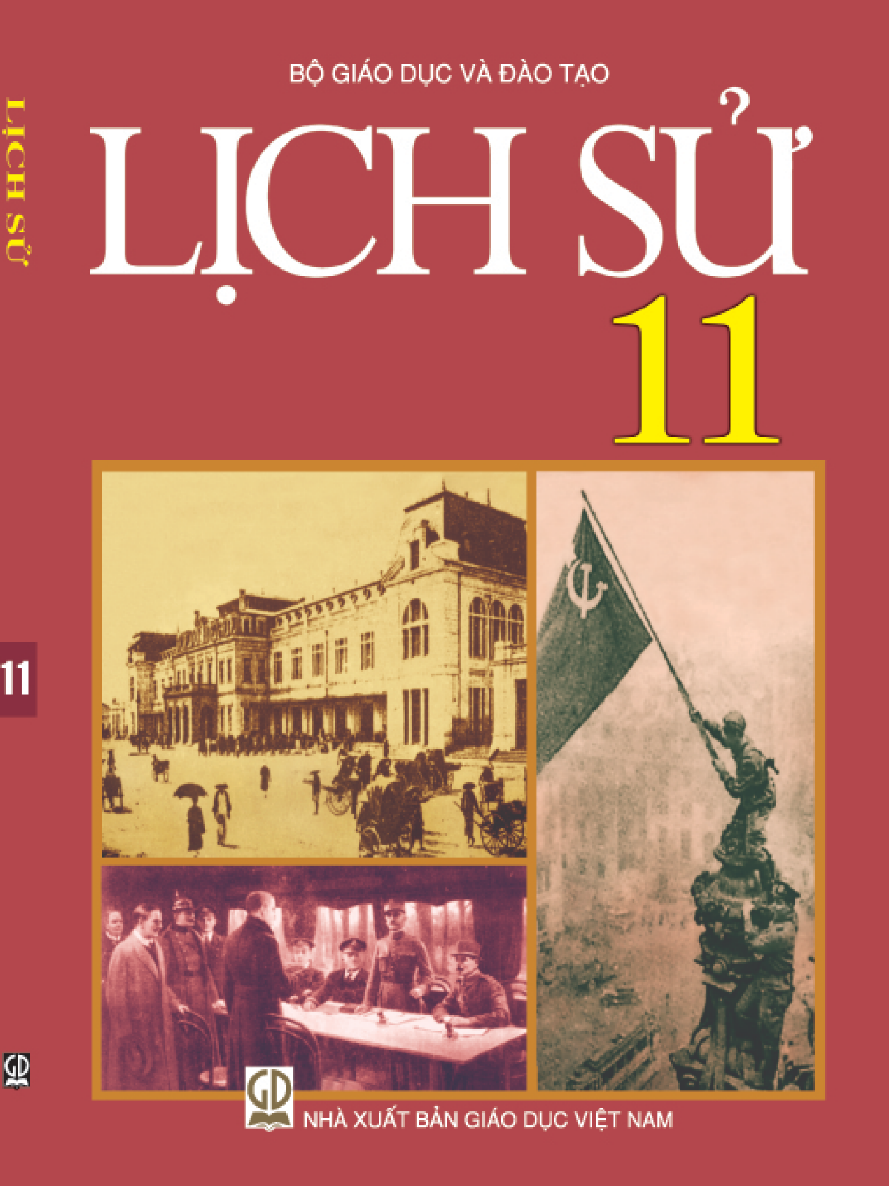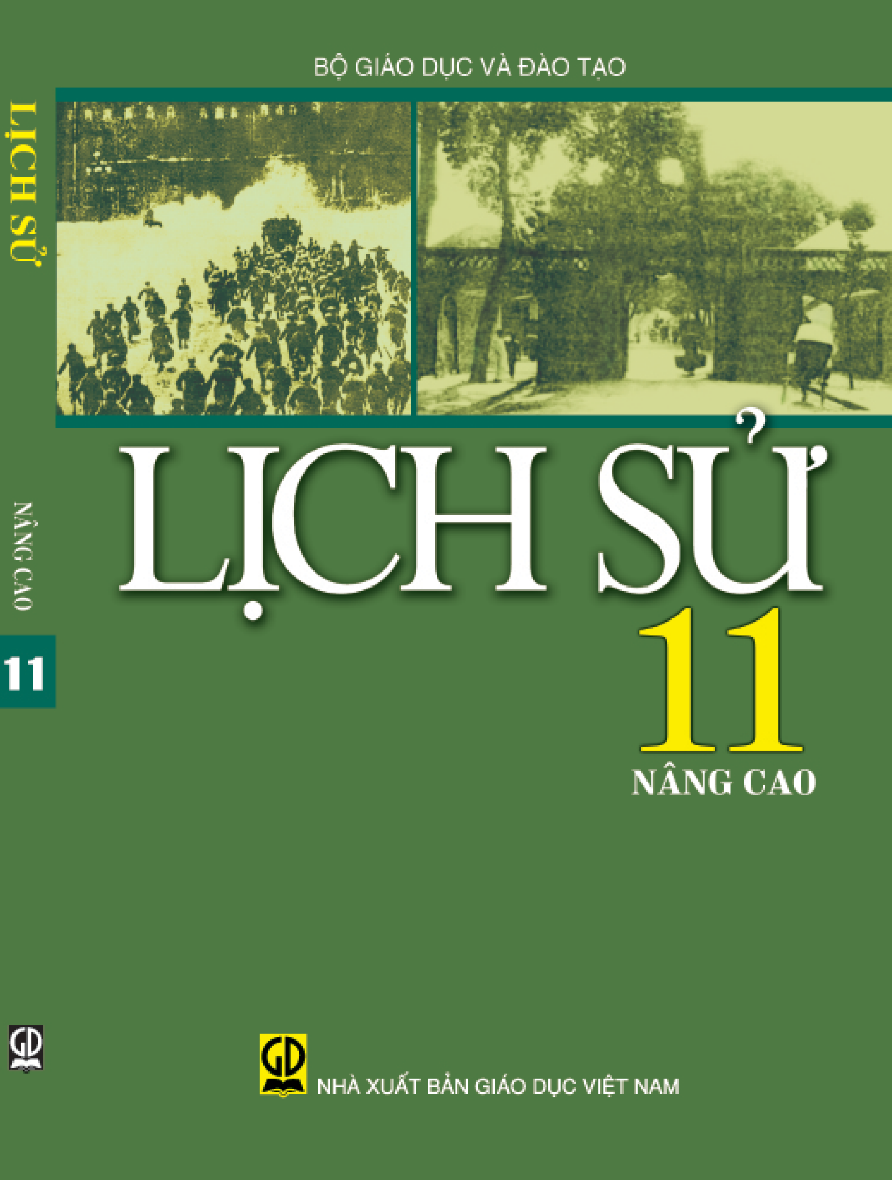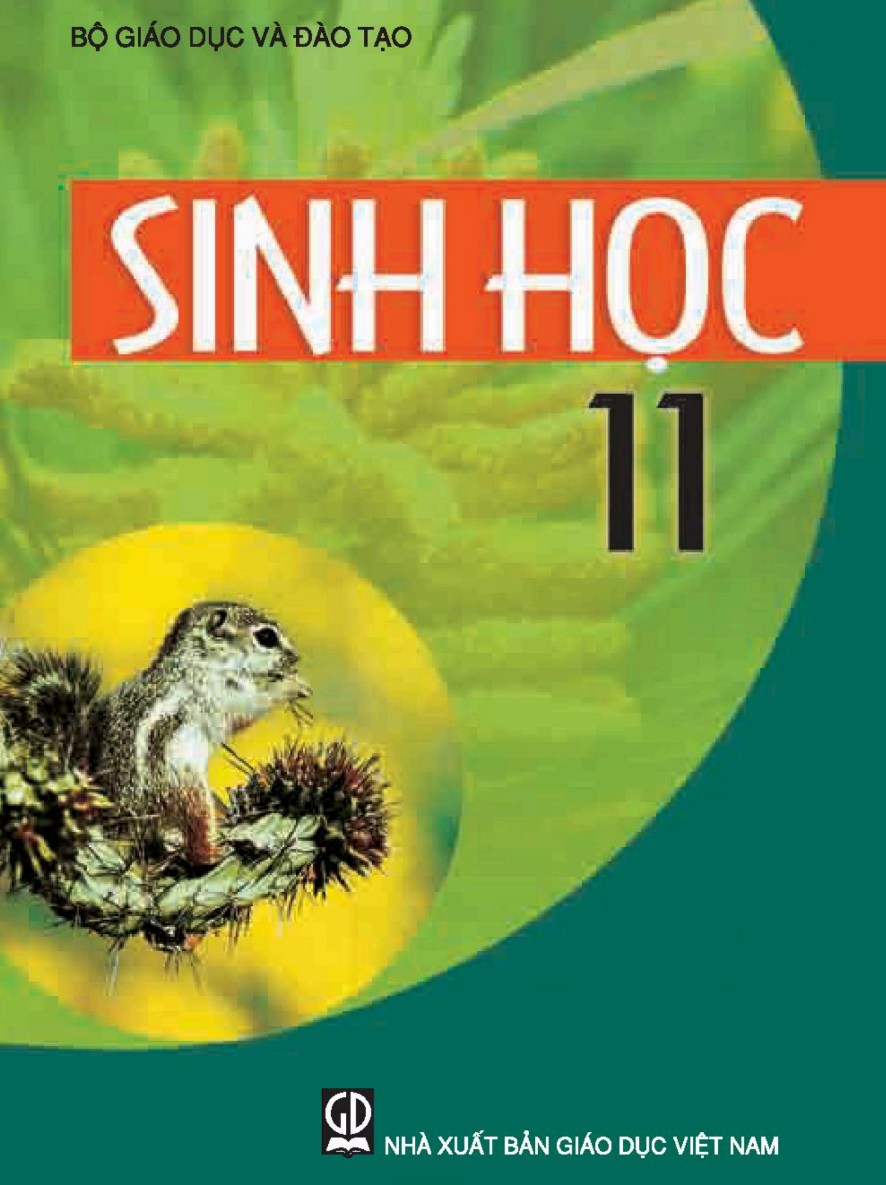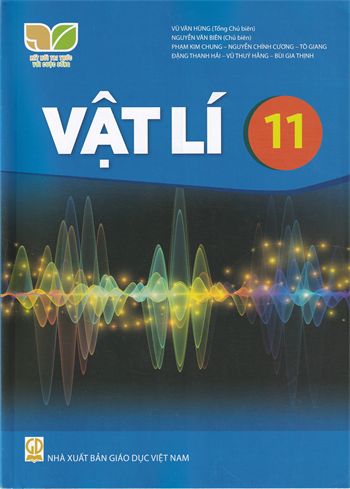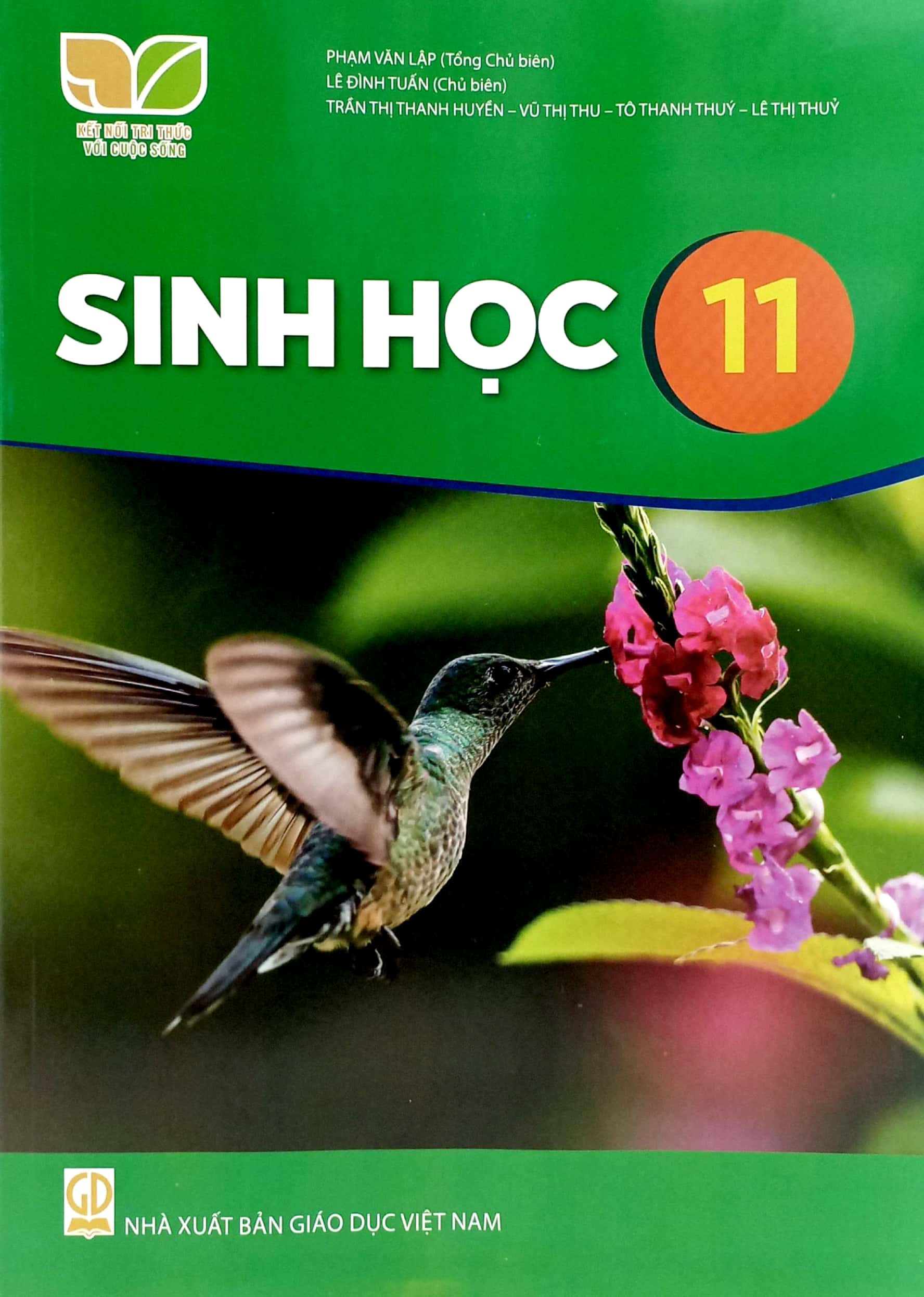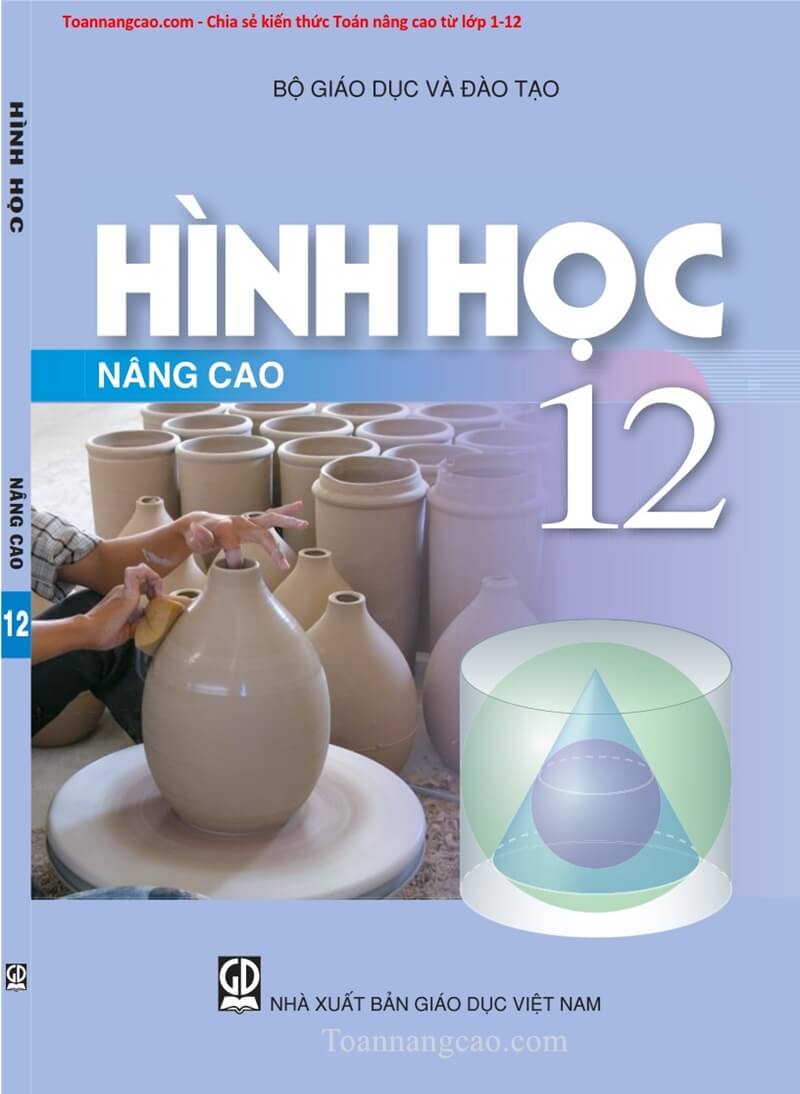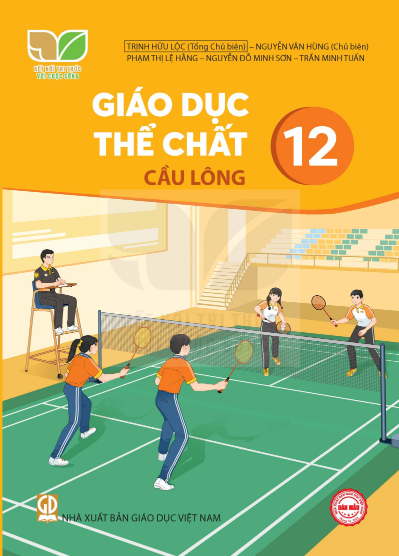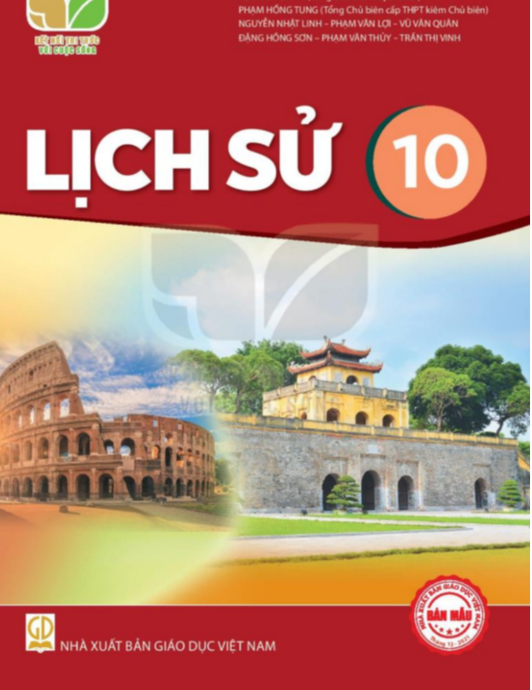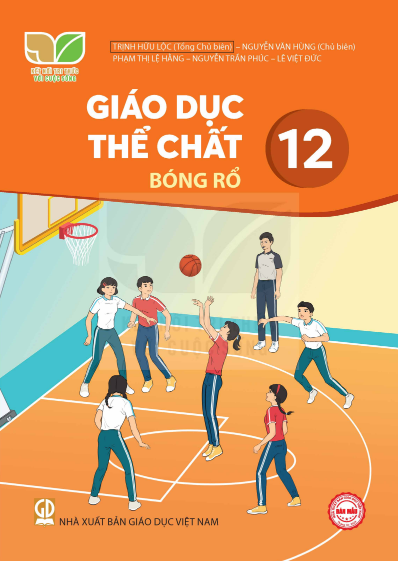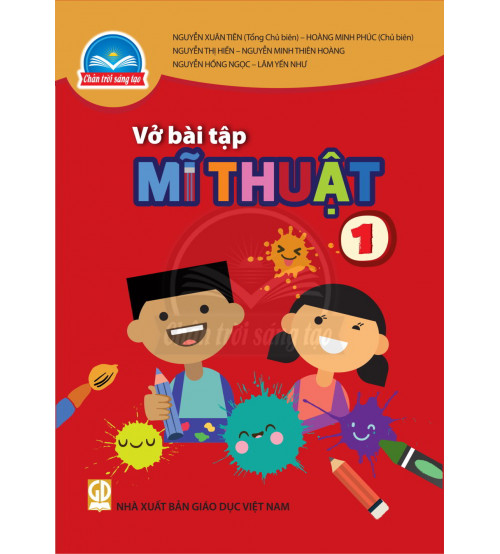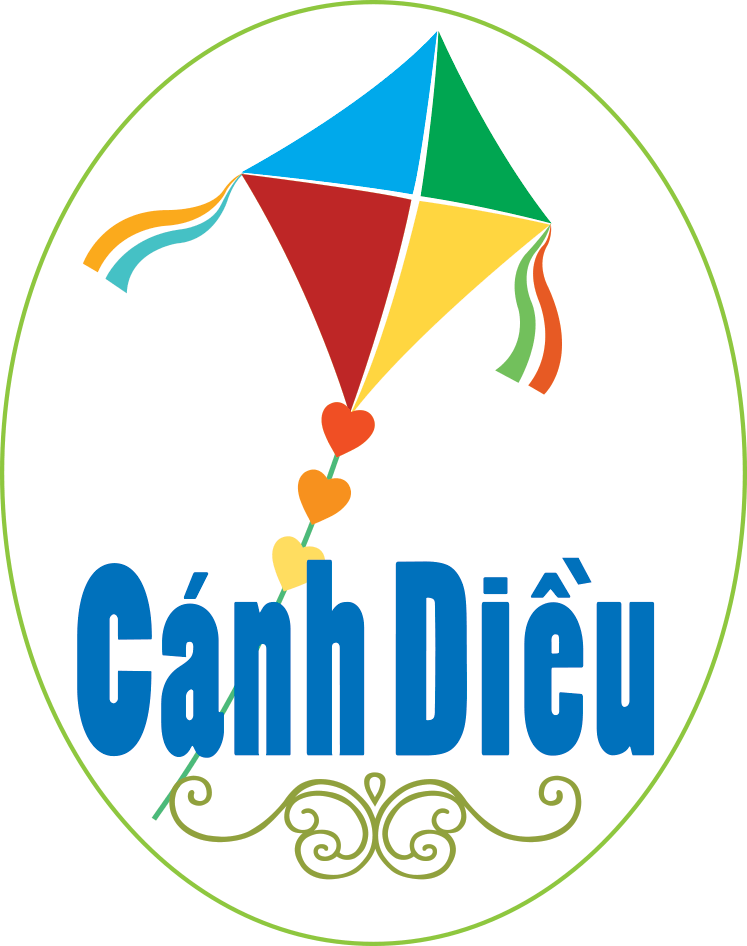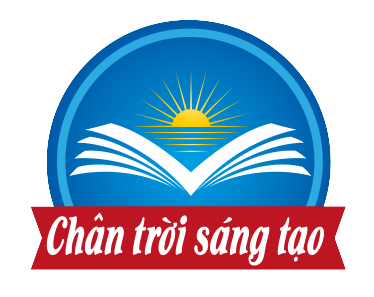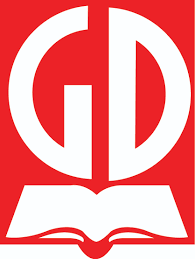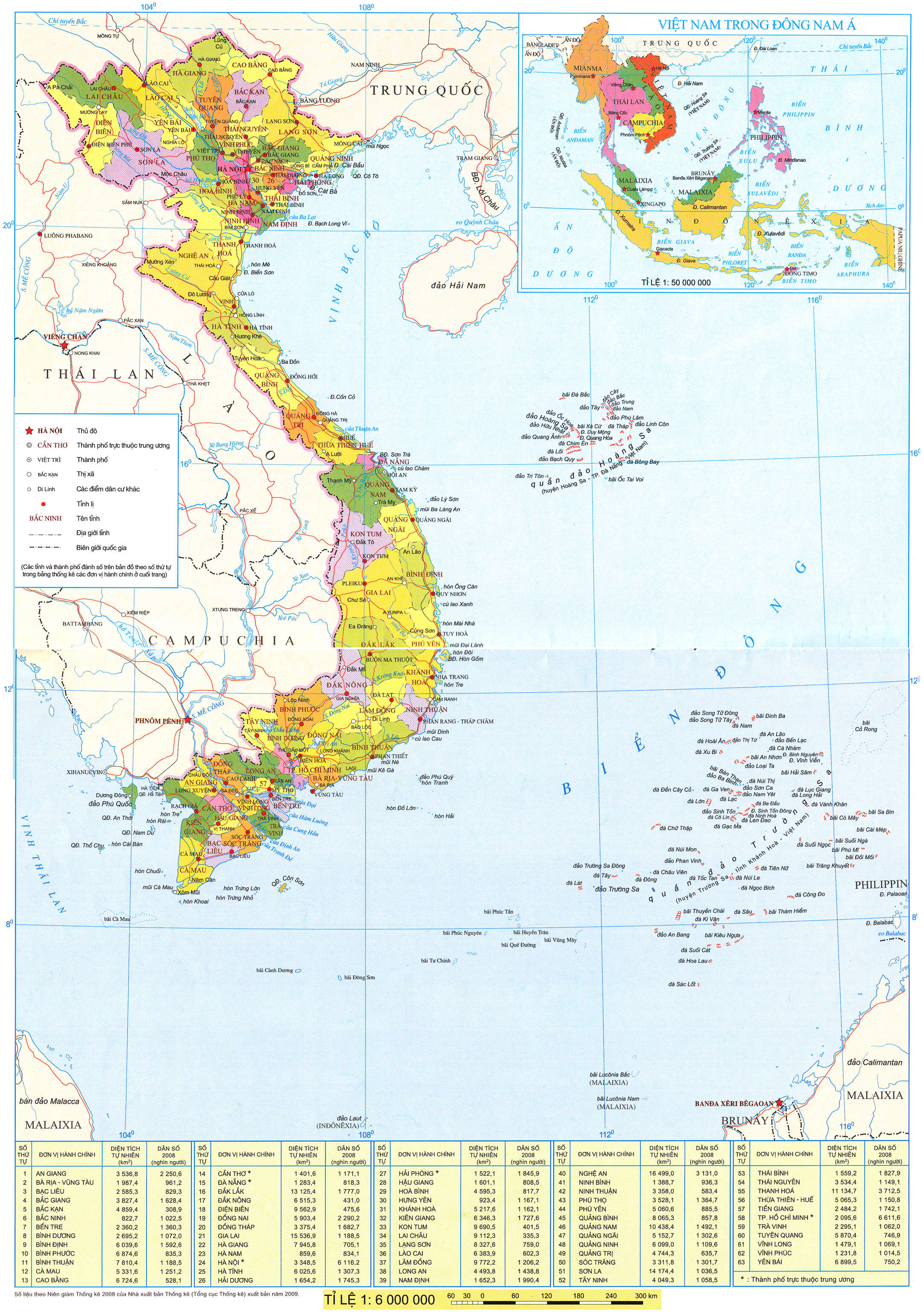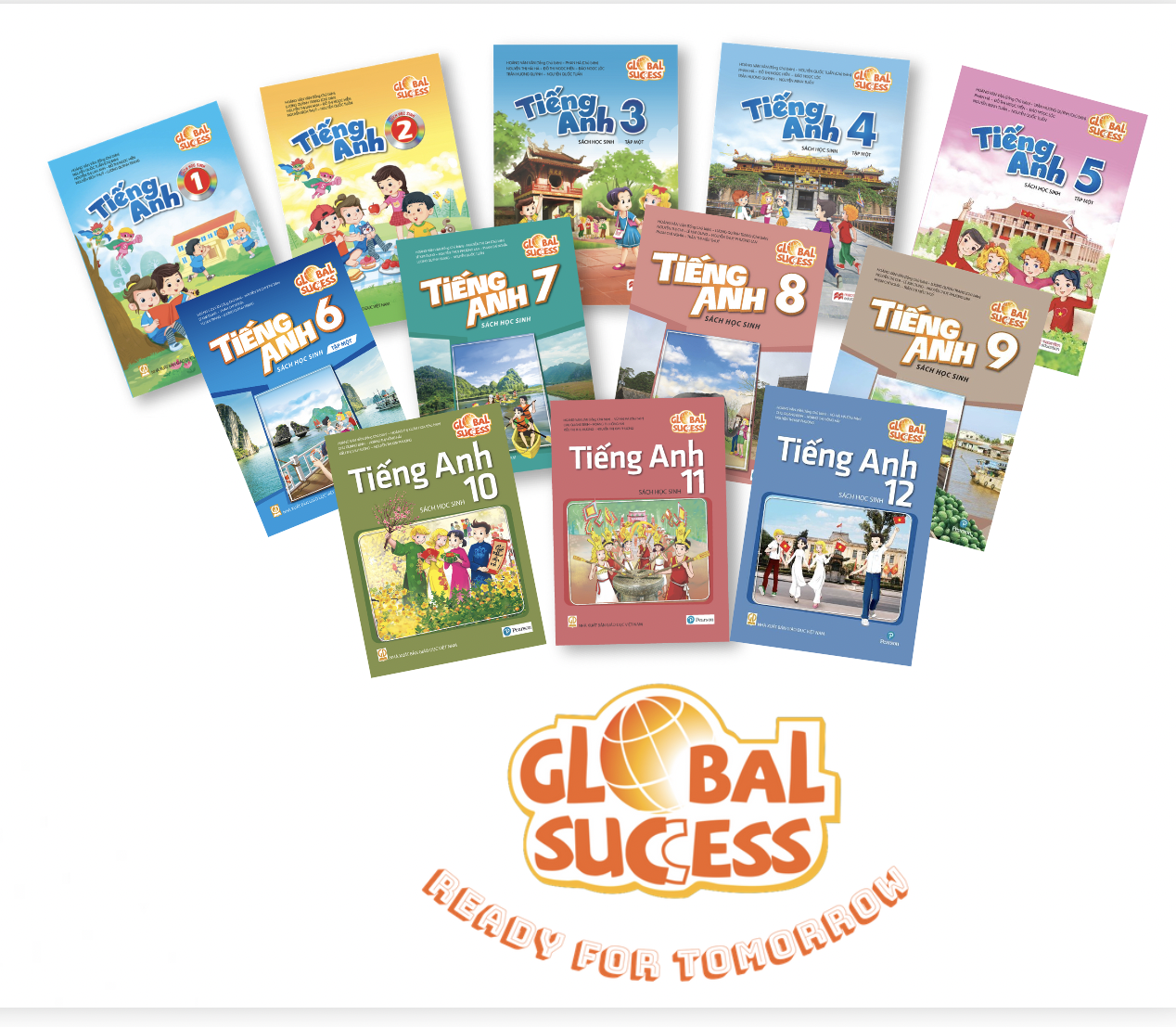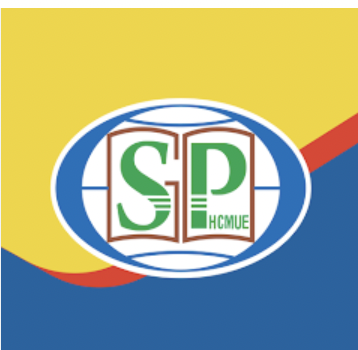(Page 36)
Unit map
Vocabulary
Parts of the body
Treatments
Accidents and injuries
Adjectives to describe feelings
Word Skills
Word families
Grammar
Speculating and predicting Future continuous and future perfect
Listening The body's limits

Pronunciation Sentence stress
Reading Body clock

Speaking Photo description

Writing An opinion essay
Culture
Asean sports

Vocabulary Builder page 109
Grammar Builder and Reference pages 118, 119
I can identify parts of the body and talk about injuries.
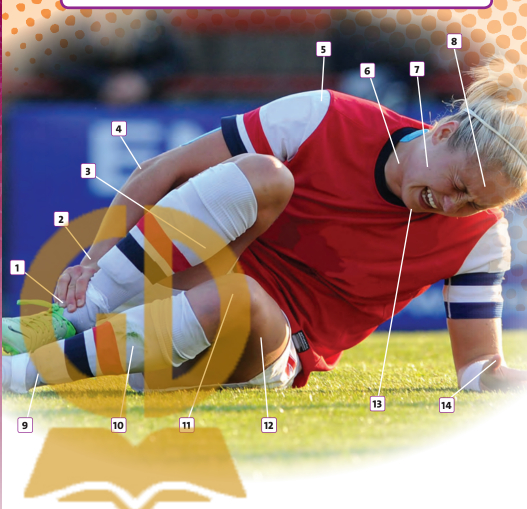
1 SPEAKING Describe the photo. How is the footballer feeling? What has happened, do you think?
2 VOCABULARY Match 1-14 in the photo with parts of the body from the list below. Check the meaning of all the words in the list.
Parts of the body ankle blood bottom brain calf cheek chin
elbow eyebrow eyelid forehead heart heel hip intestine jaw
kidney knee lung muscle nail rib scalp shin shoulder skin
skull spine stomach thigh throat thumb toe waist wrist
3 SPEAKING Work in pairs. Which parts of the body in the list in exercise 2
1 are inside your body?
2 are part of your head or neck?
3 are part of your arm or hand?
4 are part of your leg or foot?
4 SPEAKING Work in pairs or small groups. Do the body quiz on page 37. Check your answers with your teacher.
(Page 37)
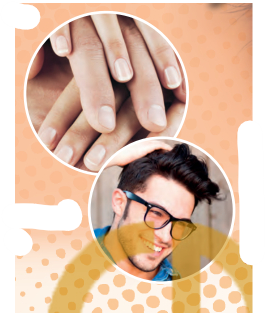
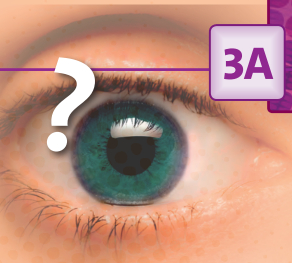
HOW MUCH DO YOU KNOW ABOUT the human body?
1 What is the most common blood type?
a AB-
b B-
c O+
2 How much do fingernails grow per month?
a 0.75 mm
b 1.5 mm
c 3 mm
3 Where exactly is your heart?
a On the left of your chest
b In the middle of your chest
c In the middle of your chest, a bit to the let
4 How long are the human intestines?
a 3.5 m
b 8.5 m
c 13.5 m
5 How many hairs are there on the human scalp?
a 90,000-150,000
b 150,000-190,000
c 190,000-250,000
6 What is the human body's biggest organ?
a Liver
b Brain
c Skin
7 What is the average thickness of human skin?
a 1-2 mm
b 2-3 mm
c 3-4 mm
5 🎧1.30 VOCABULARY Listen to three dialogues between doctors and their patients. Complete the table using the words below to complete the treatments.
Treatments antibiotics bandage cream
dressing medicine painkillers X-ray
| Patient | 1 | 2 | 3 |
| Part of the body injured | |||
| When | |||
| Treatment |
RECYCLE! Present perfect and past simple
a We use the present perfect for:
1 giving news, when we do not say exactly when the event happened.
2 talking about experiences.
b When we ask for or give specific information about the news or experience, we use the past simple.
I've broken my wrist. I fell off my bike.
'Have you ever broken your leg?" "Yes, I broke my left leg last year.
6 🎧1.30 Read the Recycle! box. Complete the extracts from the dialogues with the verbs in brackets. Use the present perfect or past simple. Listen again and check your answers.
Dialogue 1
a My ankle really hurts. I think I _________(twist) it.
b Yes, it's a bit swollen. You_________ (sprain) it.
Dialogue 2
c I_________ (bang) my head. (have) an accident. I
d l_________ (trip) over the cat and (hit) my head on the corner of a table.
Dialogue 3
e l_________ (hurt) my thumb. I_________ (trap) it in the car door.
f You_________ certainly_________ (bruise) it.
g It's really painful. Do you think I_________ (break) it?
7 SPEAKING Work in pairs. Ask and answer about experiences using the present perfect and the phrases below. If the answer is 'yes', give more information.
Accidents and injuries
bang your head
break a bone
bruise yourself badly
burn yourself
cut yourself badly
have a bad nosebleed
twist your ankle

Have you ever broken a bone?
No, I haven't. / Yes, I have. I broke my arm when I was ten. I was climbing a tree and I fell to the ground.
